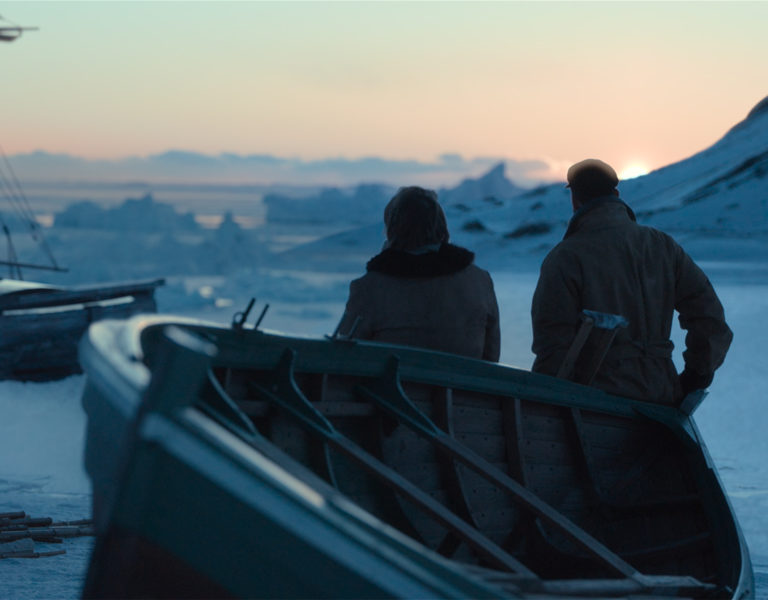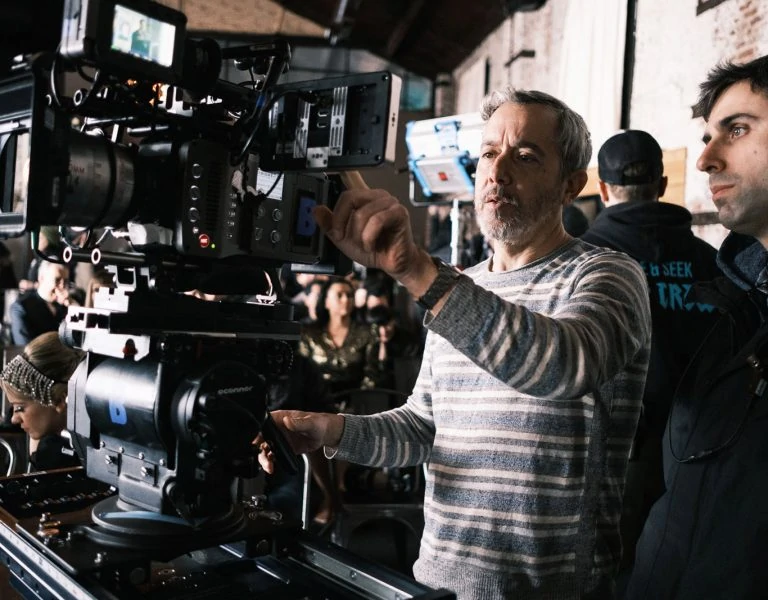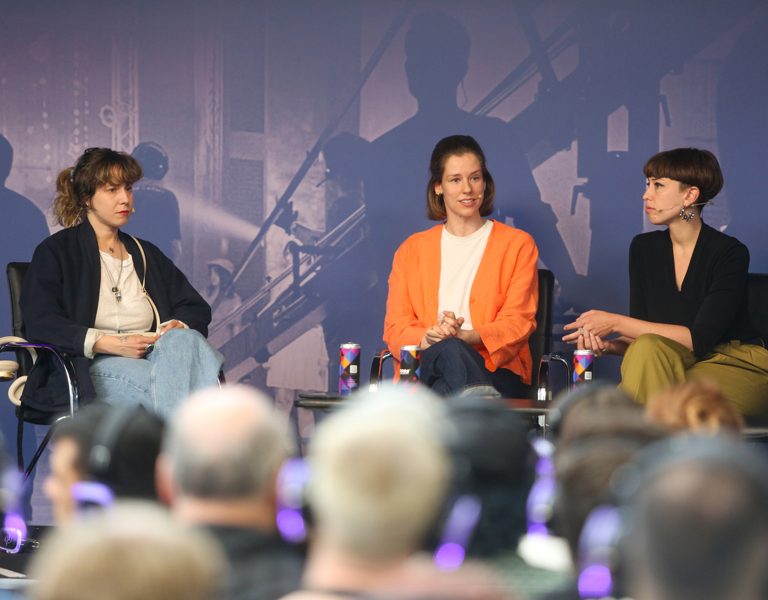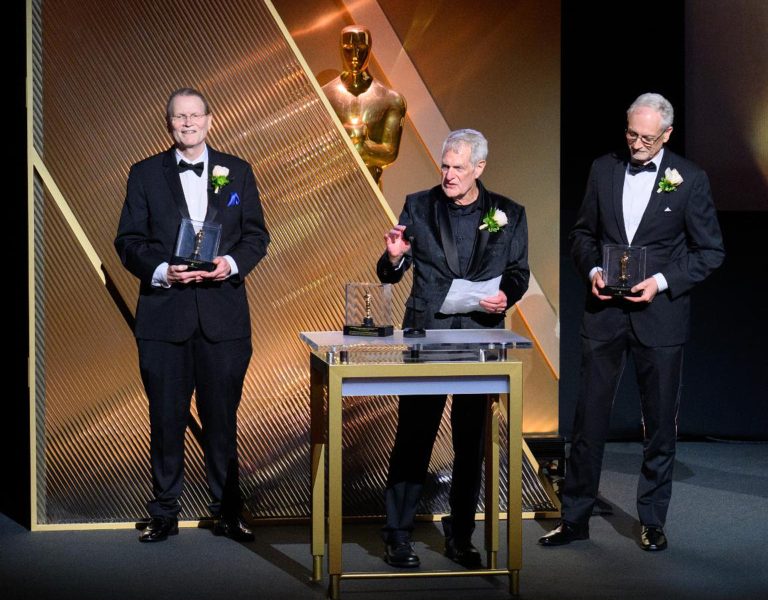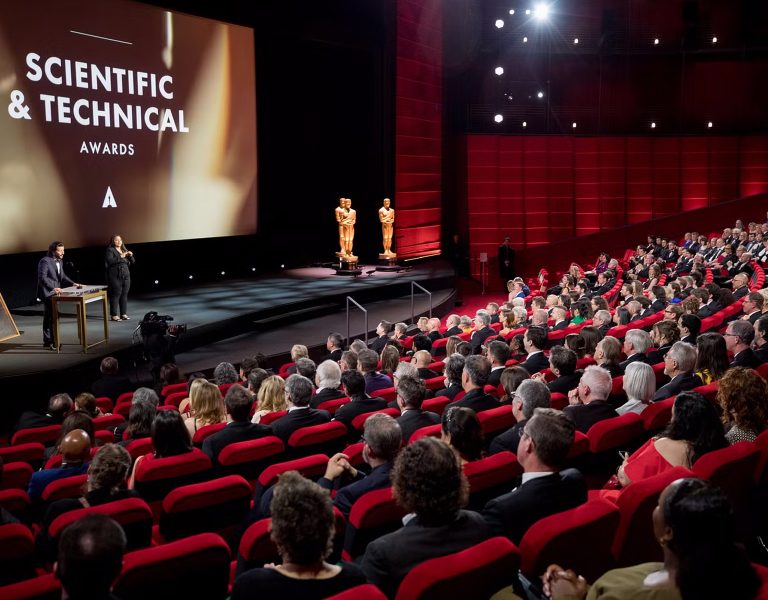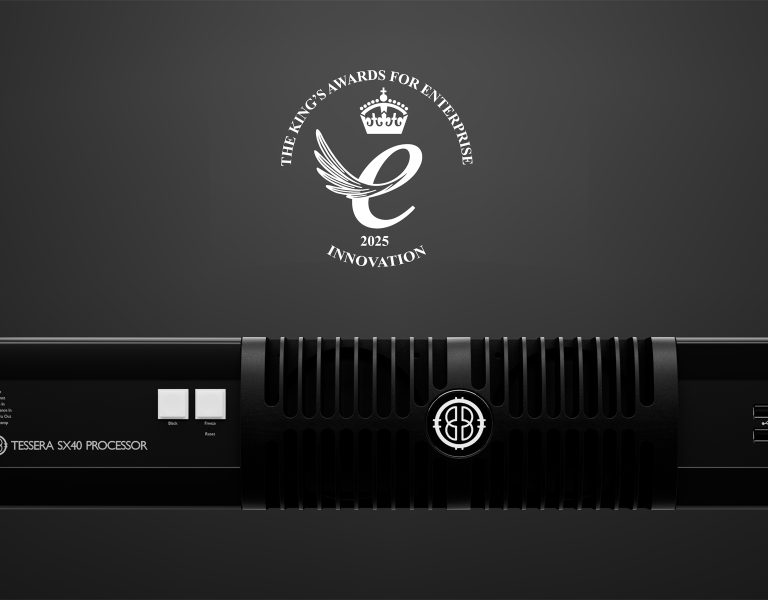
With a unique 70’s polaroid-inspired palette that makes the most of the visual dynamic range, establishing the look for Netflix’s limited series Griselda meant developing an HDR workflow from production to post.
Using technology from motion picture monitor manufacturer SmallHD, the filmmakers incorporated HDR monitoring into the six-episode American biographical crime drama from the earliest moments on set. Captured in the short documentary “Griselda: An HDR Workflow Case Study,” cinematographer Armando Salas, ASC and Light Iron Principal DI Colourist, Ian Vertovec, implement an HDR/SDR workflow ensuring constant visual consistency across the series.
Griselda is based on the life of Colombian drug trafficker Griselda Blanco. Set in the seedy underbelly of Miami circa the late 1970s and early 1980s, the filmmakers sought to authentically emulate the response and color palette of film stocks and iconic images from the era. Salas explains, “One of the things that I felt was lacking in previous shows was a really killer on-set solution for monitoring HDR–something that was not only as close as possible to the reference monitor in the color bay, but also had exposure tools that I was accustomed to using in SDR monitoring solutions.” To help the cinematographer get the best possible viewing equipment, the team at Netflix arranged a monitor shootout.
“After looking at different displays, Netflix brought me a prototype of a SmallHD Vision 17, and instantly my DIT, Aaron Pico, and I fell in love with it,” explains Salas. “The best way for me to guarantee that everything from the director, camera team, art department, and wardrobe will be accurately displayed to the end user, is to use a colour-managed workflow with on-set HDR monitoring. That way, I’m never leaving P3/PQ color space. Meanwhile, every other monitor on set is in 709/SDR. Because Ian built us a bulletproof colour-managed workflow, the creative intent is also visible on the SDR displays, which carries over to SDR dailies.”
Vertovec created tailored LUTS that kept visual congruency across screens. “Our initial discussions were not just about HDR workflow and the colour values. They were also about texture, grain, diffusion, halation, and preserving these characteristics through the creative process,” the colourist explains, “I think that HDR is going to become a standard, especially on set. Once on set monitoring, dailies, and VFX workflows are all in high dynamic range, we’ll have much more consistent images from department to department.”
Netflix launched HDR programming in 2016. Their Production Technology group works closely with the creative teams behind Netflix shows to explore the artistic possibilities that imaging advancements like HDR can present.
For Griselda, resplendent with rich and dark night scenes, HDR also provided Salas and the creative team an opportunity to use grain and shadows to create a more texturally complex look that conveyed the emotional weight of the story. “When you’re dealing with dark subject matter,” says Salas, “having higher bit depth that’s mostly concentrated on the bottom 50% of the curve is really important. It really differentiates something from becoming a mushy mess versus having a subtle separation of tonality between dark, darker, and darkest.”
The demands of digital filmmaking have increased across the board and HDR is now becoming a standard deliverable, while new technologies open up more creative possibilities for filmmakers. Greg Smokler, VP of Cine Products at SmallHD (a Creative Solutions brand) describes, “Modern cinema cameras have anywhere between 12 and 17 stops of dynamic range. An SDR curve has maybe half of that. So creatives have this opportunity to use the wider dynamic range of the HDR curve. There’s a ton of dynamic range in the dark, shadowy areas with these newer camera sensors, providing so much more definition and control over an image’s spectrum of colour and brightness. Our Vision monitors provide an amazing opportunity to take advantage of that while you’re shooting and not just in post.”
Rising to this mandate, creatives are taking advantage of the latest in monitoring technology. Salas concludes, “It’s important for me that the SDR and the HDR are as close as possible in terms of a visual representation of the look of the show. So that when we get into the final colour, it’s an easy and painless process for everybody.”
Limited Series: Griselda is streaming now only on Netflix.

